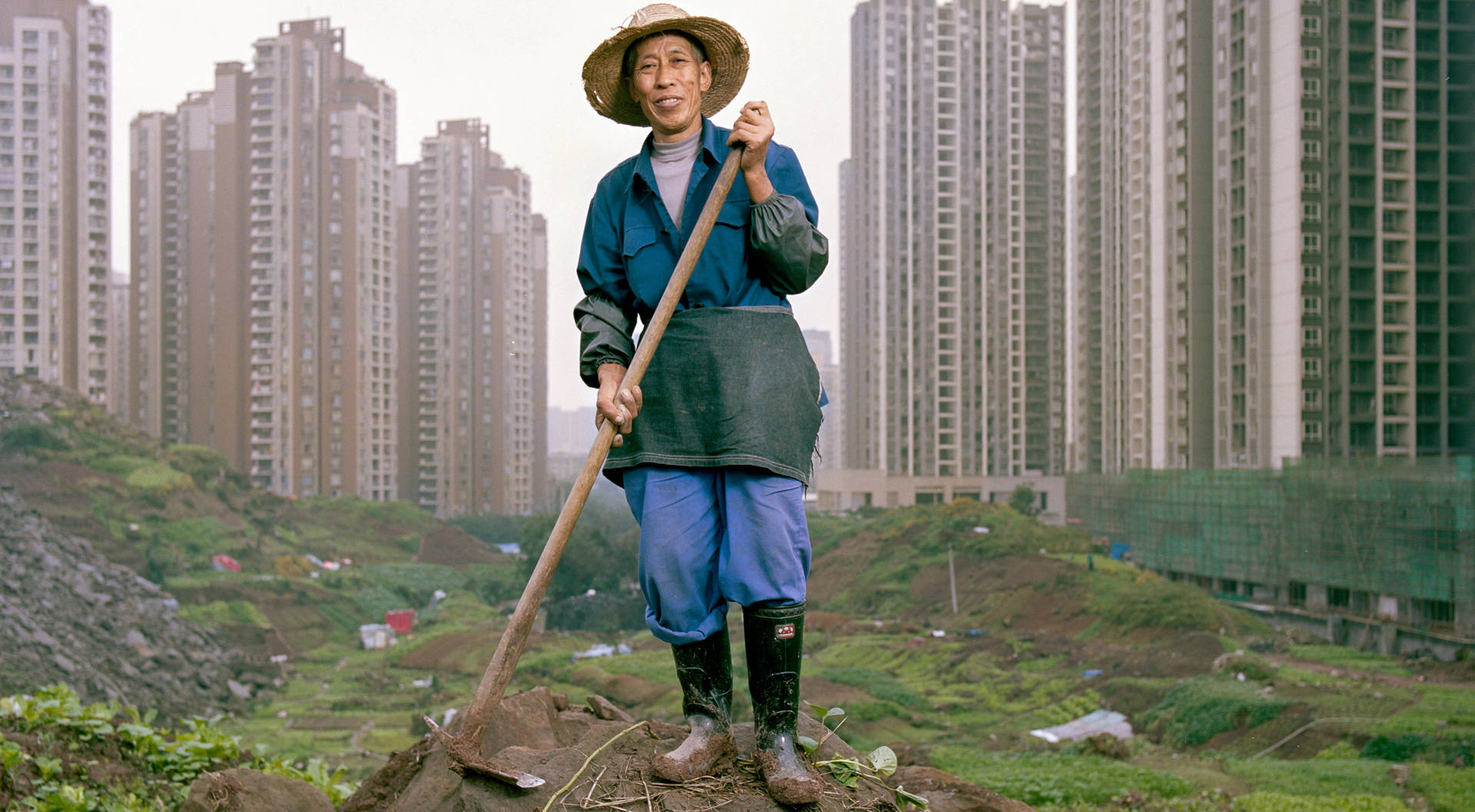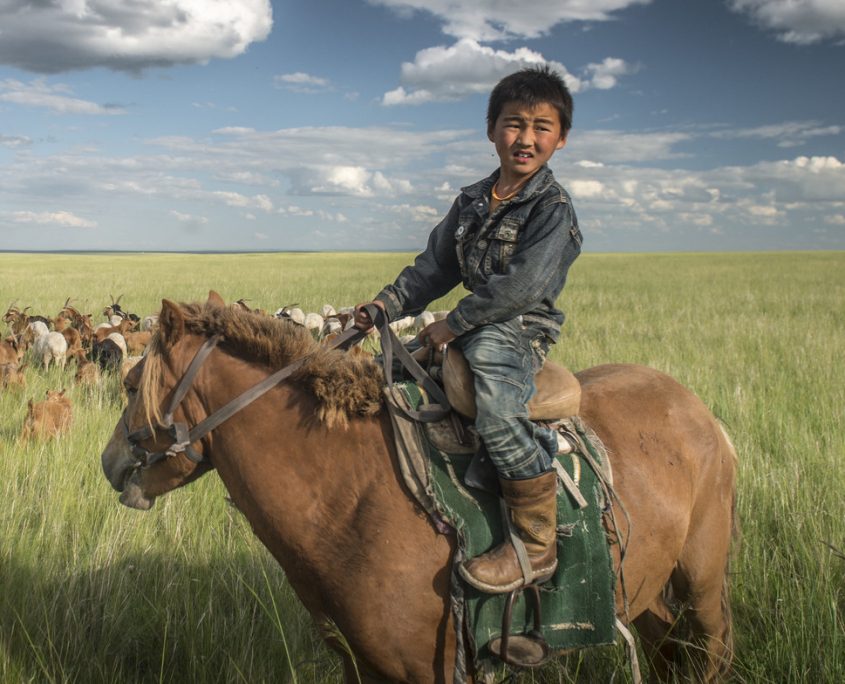© Tim Franco | INSTITUTE
Planning for a Sustainable Tomorrow
How The Nature Conservancy Global Lands is “moving the needle” with Science
To understand the path forward (solutions), we first need to know our starting point (current land modification) and then what risks may lie ahead (future development threats). Using the most recent and comprehensive data, The Nature Conservancy Global Lands scientists produced global maps of current human modification of the Earth’s lands and future threats of development expansion. Our hope is that these data and maps help to steer sustainable development and conservation efforts in landscapes that support nature and people.



